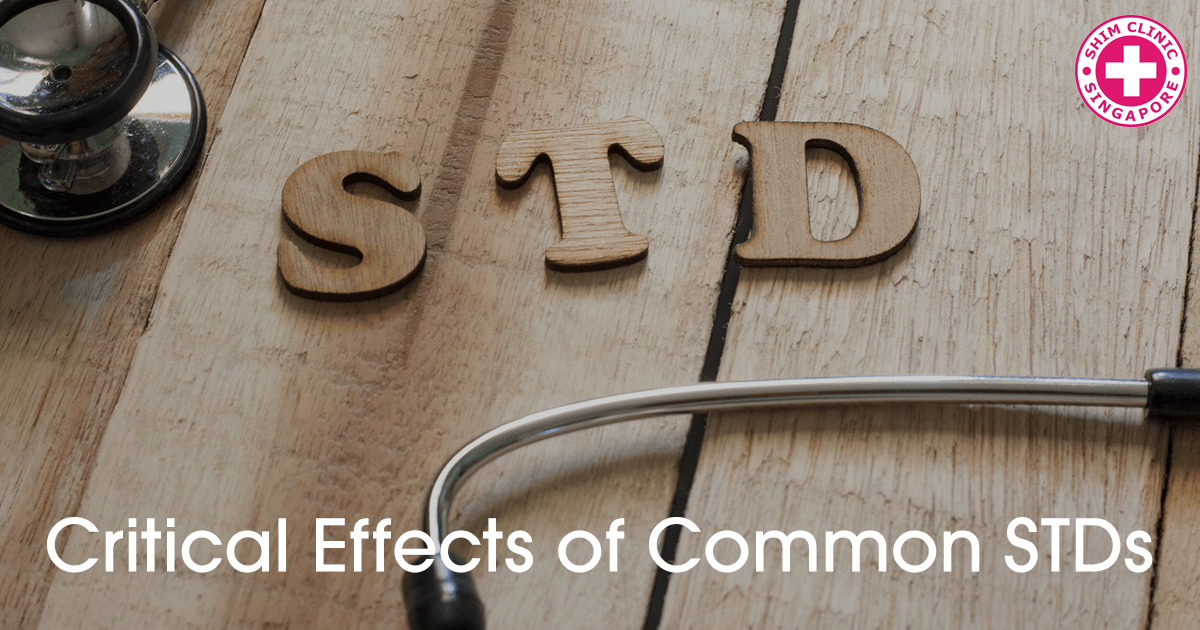Over a third of the U.S population is living with a sexually transmitted disease. Most do not affect long term health. However, left untreated, even the most common infection can have detrimental effects.
Some of these effects can be deadly and will include;
Birth defects and infertility
Chlamydia is the most common, curable STI, affecting approximately 2.8 million Americans. It is asymptomatic, meaning that it exhibits no visible symptoms. It can thus remain undetected in the system for a long time, even up to years.
Untreated, it can spread to the Fallopian tubes, causing them to be blocked at the ends. Scar tissue may also develop on the tubes. These can lead to risk of ectopic pregnancy or infertility.
Organ damage
Syphilis manifests itself in various stages. The first is characterized by small sores which spread bacteria. Without medical attention, this develops to the late stage where extensive damage occurs to vital organs such as the heart, nerves, brain and liver.
Cervical cancer
Before the HPV vaccine was developed, studies indicated that 75% of the sexually active population contracted this virus at one point or other in their lives. Most strains are harmless and quite easy to treat.
However, nearly 40 are considered high-risk and linked to several cancers including anal, cervical, throat and penile. Vaccination is crucial in preventing infection.
A weak immune system
This is characteristic of HIV/AIDS. The first is a virus which attacks the white blood cells in the body. However, there is treatment to manage the virus. With effective ART, it can be suppressed to undetectable levels in the blood.
If it develops into AIDS however, then this means that the body’s immunity is severely weakened. One becomes susceptible to other infections easily.
Liver cancer
You do not want to have an attack to your liver! Hepatitis has about 5 well-known strains to its name. The B strain, HBV, is sexually transmitted through blood and bodily secretions.
An infected person will exhibit loss of appetite, vomiting, fatigue, abdominal pain and yellowing of the eyes (jaundice). If untreated, it can cause chronic liver condition which puts people at high risk of death from liver cancer and cirrhosis (late stage scarring of the liver)
Pelvic inflammatory disease (PID)
Bacterial vaginosis (BV) and chlamydia can lead to PID if not treated. BV is not necessarily considered an STD, but it is associated with new or multiple sexual partners. It increases a woman’s risk of developing PID.
Similarly, when the bacteria like gonorrhea and chlamydia move from the cervix to the reproductive organs, it may lead to infertility and permanent damage of organs.
Freaked out? You can protect yourself from these terrible symptoms by following these simple tips;
-
Always practice safe sex
Abstinence comes first. But seeing as it is not exactly realistic, go to the next best thing- safe sex. Use barrier protection such as condoms and dental dams. Maintain one sexual partner especially if you do not use condoms.
-
Get regular STD screening
Most STIs are asymptomatic. You will only know you have them by getting tested. Make it a habit to protect and manage your sexual health
-
Get immediate treatment
Screened positively for an infection? Do not waste any time. See a doctor right away.
Protect yourself from these terrifying symptoms/ effects of STDs by going for STD testing regularly and early. Get immediate treatment if you do have an infection.

